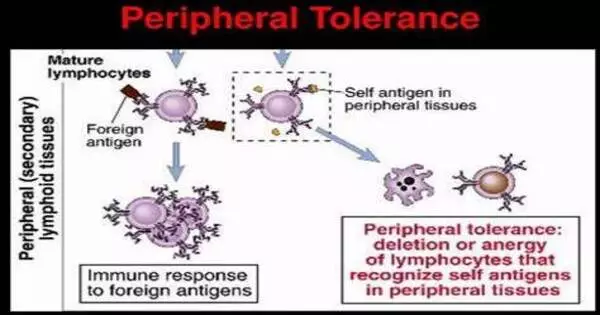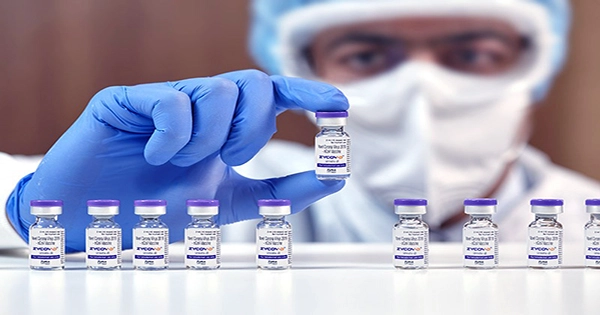Peripheral tolerance refers to the mechanisms by which the immune system regulates and suppresses immune responses in peripheral tissues against self-antigens (the body’s own molecules). It is the second branch of immunological tolerance after central tolerance in immunology. The immune system is designed to identify and eliminate foreign substances such as pathogens while avoiding attack on the body’s own cells and tissues.
Peripheral tolerance is critical for preventing autoimmune diseases, which occur when the immune system misidentifies and attacks the body’s own cells. It occurs at the immune periphery (after T and B cells exit primary lymphoid organs). Its primary goal is to prevent autoimmune disease caused by self-reactive T and B cells that have escaped central tolerance. Peripheral tolerance also prevents the immune system from reacting to harmless food antigens and allergens.
Self-reactive T cell deletion in the thymus is only 60-70% efficient, and the repertoire of naive T cells contains a significant proportion of low-avidity self-reactive T cells. These cells can cause an autoimmune response, and there are several peripheral tolerance mechanisms in place to keep them from doing so.
There are several mechanisms of peripheral tolerance:
- T Regulatory (Treg) Cells: Treg cells are critical in suppressing immune responses. They can prevent other immune cells, such as T cells and B cells, from attacking self-antigens by inhibiting their activation and function.
- Anergy: Anergy is a state of immune inactivity. T cells that recognize self-antigens but do not receive adequate co-stimulatory signals become anergic and incapable of mounting an immune response against those self-antigens.
- Deletion of Autoreactive Cells: T cells that strongly react to self-antigens are typically eliminated during development in the thymus (central tolerance) via a process known as negative selection. Autoreactive B cells in the periphery may also undergo deletion or receptor editing to prevent the production of self-reactive antibodies.
- Immune Privilege: Some tissues in the body are considered immune-privileged, meaning they have mechanisms to limit immune responses. For example, the blood-brain barrier and the testes have specialized barriers that prevent immune cells from entering and causing damage.
- Regulatory Cytokines: Certain cytokines, such as transforming growth factor-beta (TGF-β) and interleukin-10 (IL-10), have immunosuppressive effects and contribute to peripheral tolerance by inhibiting the activation and function of immune cells.
Failure of peripheral tolerance mechanisms can result in autoimmune diseases, in which the immune system incorrectly attacks the body’s own tissues. These tolerance mechanisms are being studied by researchers and clinicians in order to develop therapies for autoimmune disorders and to better understand how to modulate the immune system in various conditions.
















